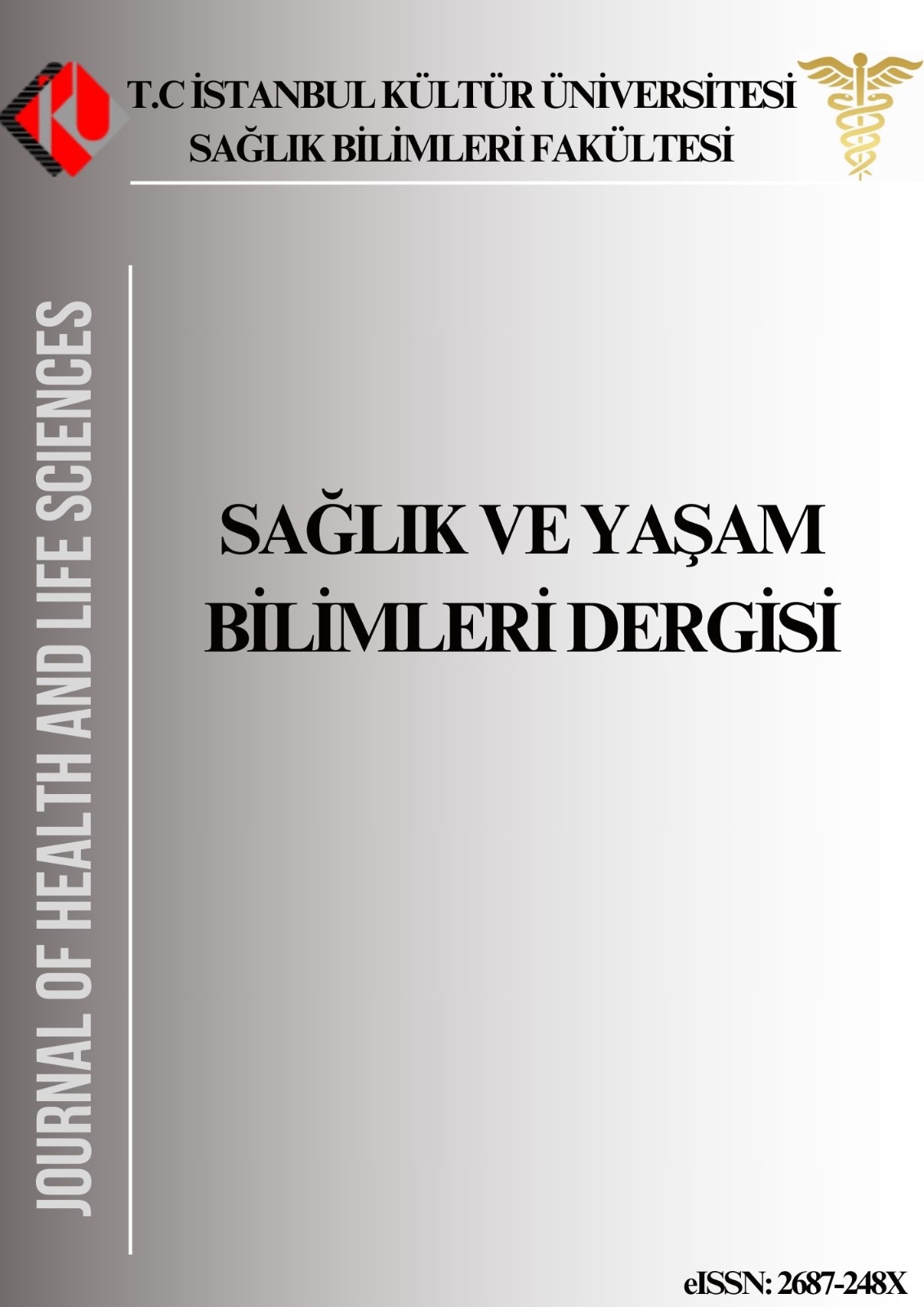An examination of the relationship between paternal burnout and father-child interaction
DOI:
https://doi.org/10.33308/2687248X.202463347Keywords:
Father-child relationship, burnout, childAbstract
Objective: This study aims to examine the relationship between burnout levels of fathers with children between the ages of 1 and 3 and father-child interaction. Method: Ninety-two volunteer fathers with normally developing children were recruited from the baby section of Karabük town library. Parenting Interactions with Children: Checklist of Observations Linked to Outcomes (PICCOLO) and Parental Burnout Assessment (PBA) were used as measurement tools. In order to implement the PICCOLO scale, fathers' play interactions were videotaped for 10 minutes while they were playing with their children. The videos were then coded by the practitioners. Data were analysed using the SPSS program. Results: 53.3% of the participants work in shifts and 63% are in the service sector. When the scores obtained from the PBA scale are checked, it is seen that the fathers participating in the study have low levels of Parental Burnout. When the results of the PICCOLO scale are analyzed, it is seen that fathers' interaction with their children is high. Conclusion: As a result of the study, it was found that there was a relationship between the sub-factors determining the burnout status of fathers and the PICCOLO sub-factors. The scores and total scores of fathers from the sensitivity sub-dimension of the PICCOLO scale differ according to the gender of the child. It is concluded that the sensitivity and total mean ranks of fathers with male children are higher than the mean ranks of fathers with female children.
Downloads
Published
How to Cite
Issue
Section
License
Copyright (c) 2024 Journal of Health and Life Sciences

This work is licensed under a Creative Commons Attribution-NonCommercial-NoDerivatives 4.0 International License.


